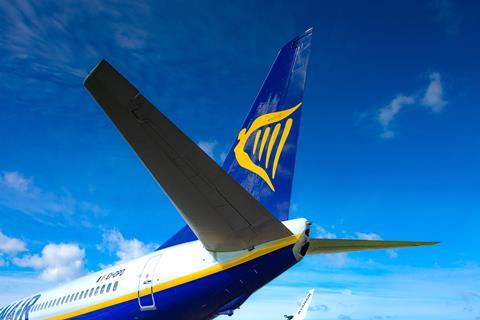Quarantine might not completely kill any tentative recovery in air travel, but it would certainly limit its appeal to the few passengers who are either booking a one-way journey or don’t mind spending time cooped up like a dog suspected of rabies.
IATA is crestfallen at the prospect that the airline industry’s emergence from its induced coma might be held back by policies of mandatory isolation that would probably have much the same effect as an outright travel ban.

Nearly 70% of passengers, it claims, would not consider travelling if it meant being subject to a 14-day quarantine. Such a restriction, of course, would neutralise a typical two-week vacation, even if the ordeal of soulless and socially-distanced airborne sterility, tinged with paranoia, had not already served up ample deterrence.
Ryanair, however, appears to be banking on any quarantine measures failing to materialise, or being rescinded by July, when it aims to jump-start the stalled tourism season.
But Ryanair, for all its belligerence, bluster and contrarian attitude, is not in charge. Even the governments who set the rules are not in charge. The coronavirus is in charge.
Quarantine is a blunt tool, but the peculiarly asymptomatic manifestation of some – and perhaps many – coronavirus infections defies the sort of detection techniques that might reasonably be deployed at airports.
IATA’s answer to this is a “robust system” of health declarations and “vigorous” contact tracing to reduce the risk. But that is a fairly hefty prerequisite – and one that governments would have to trust their counterparts to manage sufficiently well before they could consider dropping the simpler quarantine safety net.
Syndromic screening, such as temperature monitoring, is similarly backed by IATA for intercepting symptomatic passengers. But an academic paper from the London School of Hygiene and Tropical Medicine in February, which assumes one in six cases are asymptomatic, casts doubt on its effectiveness.
Although entry screening with thermal cameras is “intuitive”, it says, it is “unlikely to prevent passage” of infected passengers, based on incubation duration data.
That conclusion might change as testing proliferates and medical science starts to understand its adversary. But until the invisible is made visible, and the nature of the threat becomes clear, the only weapons to hand will neither be sharp nor surgical.

























